#Ernest Thomas
Photo

1976
33 notes
·
View notes
Text

#Charles Greenlee#samuel shepherd#Walter Irvin#Ernest Thomas#black history is american history#black history#civil rights#civil rights movement#norma Padgett#falsely accused#white woman syndrome
4 notes
·
View notes
Text

Quick silhouette study
#Maximus 29#Ernest 4960#Maximus and Ernest#29 and 4960#GCRY#living locomotives#monster engines#ttte#thomas and friends#ttte oc#ttte ocs
73 notes
·
View notes
Text
Vermont Governor DILFs

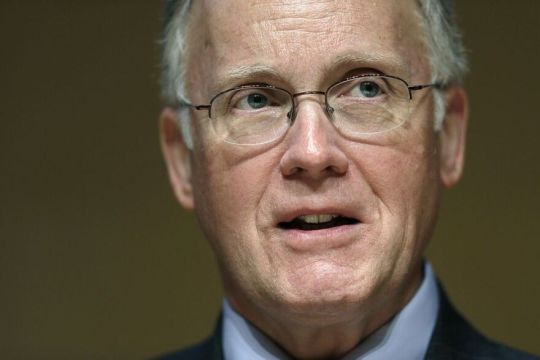



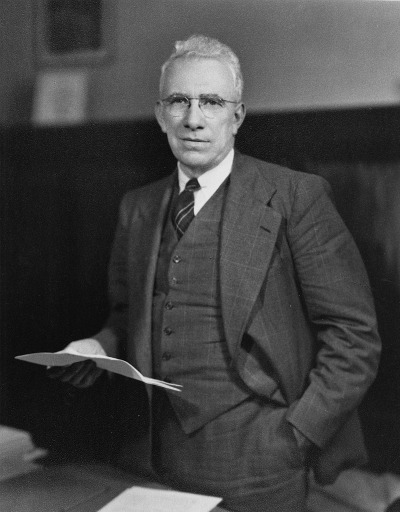
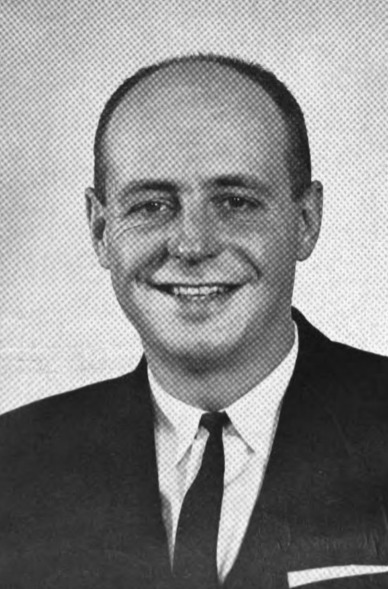

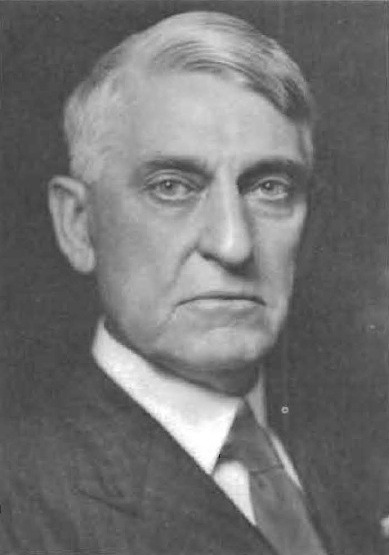
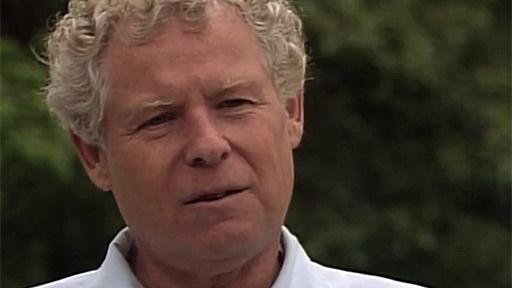



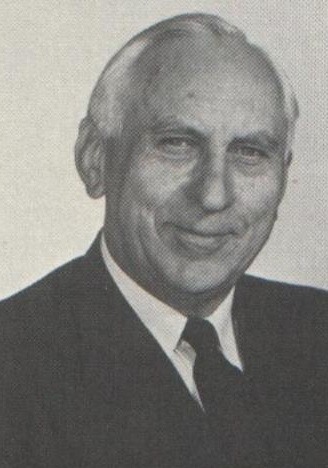
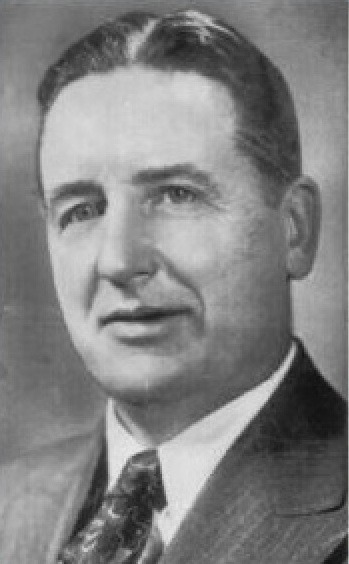







Peter Shumlin, Jim Douglas, Phil Scott, Howard Dean, Deane C. Davis, George Aiken, F. Ray Keyser Jr., Franklin S. Billings, Charles Manley Smith, Richard A. Snelling, Harold J. Arthur, Horace F. Graham, John A. Mead, Joseph B. Johnson, Lee E. Emerson, Thomas P. Salmon, William Henry Wills, Mortimer R. Proctor, Ernest W. Gibson Jr., Robert Stafford, Philip H. Hoff, Allen M. Fletcher
#Peter Shumlin#Jim Douglas#Phil Scott#Howard Dean#Deane C. Davis#George Aiken#F. Ray Keyser Jr.#Franklin S. Billings#Charles Manley Smith#Richard A. Snelling#Harold J. Arthur#Horace F. Graham#John A. Mead#Joseph B. Johnson#Lee E. Emerson#Thomas P. Salmon#William Henry Wills#Mortimer R. Proctor#Ernest W. Gibson Jr.#Robert Stafford#Philip H. Hoff#Allen M. Fletcher#GovernorDILFs
23 notes
·
View notes
Text

Dr. Cyclops (1940) - Italian Poster
#dr. cyclops#albert dekker#janice logan#thomas coley#1940s movies#ernest b. schoedsack#horror adventure#horror movie poster
71 notes
·
View notes
Text

26 notes
·
View notes
Text

1976 cast photo of "What's Happening!!"
#what's happening!!#tv shows#tv show#ernest lee thomas#fred berry#shirley hemphill#mabel king#haywood nelson#danielle spencer#actress#actor#comedian#1976
61 notes
·
View notes
Text

[1963]
“It was that coach, sir,” blustered Lord Harry. “She never-”
“No tales.” Mr. Richards interrupted, his graying brow locked in a stern glare. “The derailment today was your fault, and you know it. You upset our passengers, compromised the trackwork, and damaged yourself by being a swanky little twerp and taking risks. I will not have such carelessness on my railway.”
“But sir-”
“One more word of excuses from you, Number 6, and I’ll have whatever’s left of your wheels and running motion stripped off and given to Dooiney!”
A long silence hung in the yard.
“N-number 6?” The red engine finally asked.
“Yes. Number 6. The workers are going to take off your nameplates first thing in the morning - after they’ve finished cleaning up the mess you made.”
“You- you can’t!”
“You forget. You are an engine on my railway.” Mr. Richards aggressively pointed his cane between the engine’s eyes. “I gave you that name, I can sure as hell take it away. Maybe it’ll take this foolish attitude with it.” He sighed, and strode away, producing a lighter and a cigarette from his waistcoat as he went.
Silence once again reclaimed the mountain railway.
“Perhaps,” Ernest said, at last, “it’s time we told you why our railway lacks a number 1.”
#ttte#thomas and friends#thomas the tank engine and friends#railway series#rws#ttte godred#ttte ernest#ttte wilfred#ttte culdee#ttte shane dooiney#ttte no.6#ttte patrick (cfr)#ttte lord harry#mountain engines#happy easter have some angst
9 notes
·
View notes
Photo
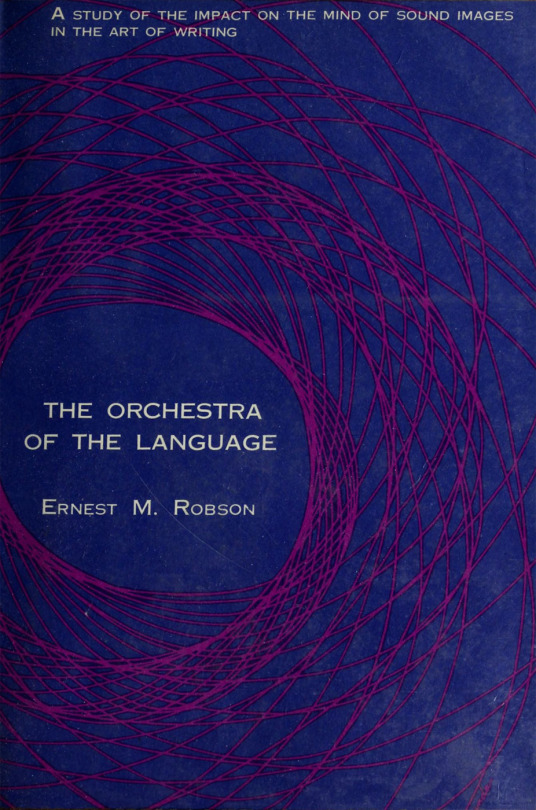

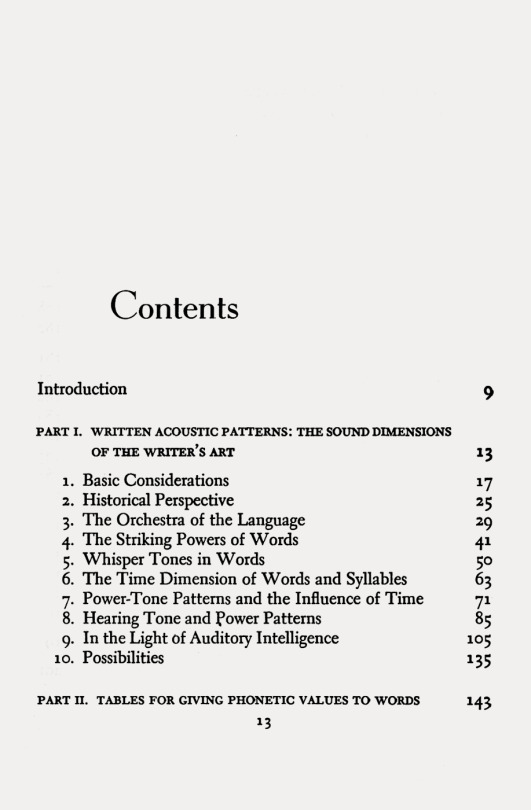

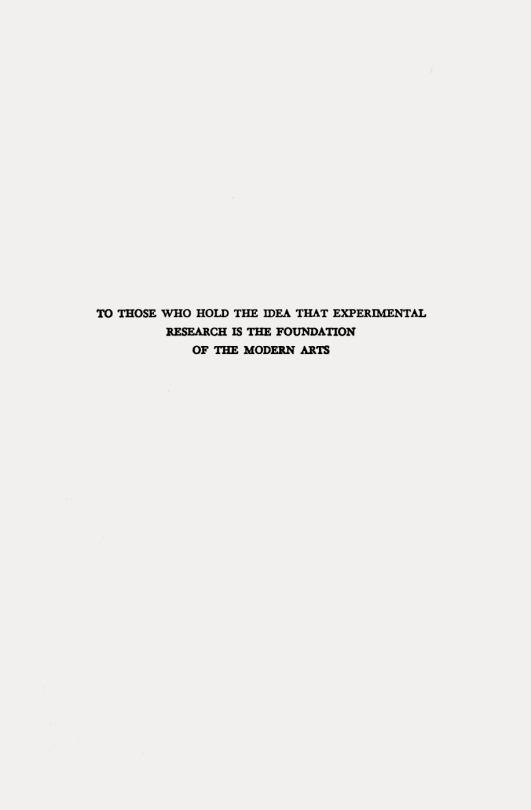
Ernest M. Robson, The Orchestra of the Language, with the editorial assistance of James T. Kennedy, Jr., Drawings by Marion M. Robson, Jacket design by Julio Granda, Thomas Yoseloff, New York, NY, and London, 1959
#graphic design#art#fluxus#music#sound#visual writing#visual poetry#sound poetry#book#cover#book cover#ernest m. robson#james t. kennedy#marion m. robson#julio granda#thomas yoseloff#1950s
54 notes
·
View notes
Text
The First Light of Trinity
— By Alex Wellerstein | July 16, 2015 | Annals of Technology

Seventy years ago, the flash of a nuclear bomb illuminated the skies over Alamogordo, New Mexico. Courtesy Los Alamos National Laboratory
The light of a nuclear explosion is unlike anything else on Earth. This is because the heat of a nuclear explosion is unlike anything else on Earth. Seventy years ago today, when the first atomic weapon was tested, they called its light cosmic. Where else, except in the interiors of stars, do the temperatures reach into the tens of millions of degrees? It is that blistering radiation, released in a reaction that takes about a millionth of a second to complete, that makes the light so unearthly, that gives it the strength to burn through photographic paper and wound human eyes. The heat is such that the air around it becomes luminous and incandescent and then opaque; for a moment, the brightness hides itself. Then the air expands outward, shedding its energy at the speed of sound—the blast wave that destroys houses, hospitals, schools, cities.
The test was given the evocative code name of Trinity, although no one seems to know precisely why. One theory is that J. Robert Oppenheimer, the head of the U.S. government’s laboratory in Los Alamos, New Mexico, and the director of science for the Manhattan Project, which designed and built the bomb, chose the name as an allusion to the poetry of John Donne. Oppenheimer’s former mistress, Jean Tatlock, a student at the University of California, Berkeley, when he was a professor there, had introduced him to Donne’s work before she committed suicide, in early 1944. But Oppenheimer later claimed not to recall where the name came from.
The operation was designated as top secret, which was a problem, since the whole point was to create an explosion that could be heard for a hundred miles around and seen for two hundred. How to keep such a spectacle under wraps? Oppenheimer and his colleagues considered several sites, including a patch of desert around two hundred miles east of Los Angeles, an island eighty miles southwest of Santa Monica, and a series of sand bars ten miles off the Texas coast. Eventually, they chose a place much closer to home, near Alamogordo, New Mexico, on an Army Air Forces bombing range in a valley called the Jornada del Muerto (“Journey of the Dead Man,” an indication of its unforgiving landscape). Freshwater had to be driven in, seven hundred gallons at a time, from a town forty miles away. To wire the site for a telephone connection required laying four miles of cable. The most expensive single line item in the budget was for the construction of bomb-proof shelters, which would protect some of the more than two hundred and fifty observers of the test.
The area immediately around the bombing range was sparsely populated but not by any means barren. It was within two hundred miles of Albuquerque, Santa Fe, and El Paso. The nearest town of more than fifty people was fewer than thirty miles away, and the nearest occupied ranch was only twelve miles away—long distances for a person, but not for light or a radioactive cloud. (One of Trinity’s more unusual financial appropriations, later on, was for the acquisition of several dozen head of cattle that had had their hair discolored by the explosion.) The Army made preparations to impose martial law after the test if necessary, keeping a military force of a hundred and sixty men on hand to manage any evacuations. Photographic film, sensitive to radioactivity, was stowed in nearby towns, to provide “medical legal” evidence of contamination in the future. Seismographs in Tucson, Denver, and Chihuahua, Mexico, would reveal how far away the explosion could be detected.

The Trinity test weapon. Courtesy Los Alamos National Laboratory
On July 16, 1945, the planned date of the test, the weather was poor. Thunderstorms were moving through the area, raising the twin hazards of electricity and rain. The test weapon, known euphemistically as the gadget, was mounted inside a shack atop a hundred-foot steel tower. It was a Frankenstein’s monster of wires, screws, switches, high explosives, radioactive materials, and diagnostic devices, and was crude enough that it could be tripped by a passing storm. (This had already happened once, with a model of the bomb’s electrical system.) Rain, or even too many clouds, could cause other problems—a spontaneous radioactive thunderstorm after detonation, unpredictable magnifications of the blast wave off a layer of warm air. It was later calculated that, even without the possibility of mechanical or electrical failure, there was still more than a one-in-ten chance of the gadget failing to perform optimally.
The scientists were prepared to cancel the test and wait for better weather when, at five in the morning, conditions began to improve. At five-ten, they announced that the test was going forward. At five-twenty-five, a rocket near the tower was shot into the sky—the five-minute warning. Another went up at five-twenty-nine. Forty-five seconds before zero hour, a switch was thrown in the control bunker, starting an automated timer. Just before five-thirty, an electrical pulse ran the five and a half miles across the desert from the bunker to the tower, up into the firing unit of the bomb. Within a hundred millionths of a second, a series of thirty-two charges went off around the device’s core, compressing the sphere of plutonium inside from about the size of an orange to that of a lime. Then the gadget exploded.
General Thomas Farrell, the deputy commander of the Manhattan Project, was in the control bunker with Oppenheimer when the blast went off. “The whole country was lighted by a searing light with the intensity many times that of the midday sun,” he wrote immediately afterward. “It was golden, purple, violet, gray, and blue. It lighted every peak, crevasse, and ridge of the nearby mountain range with a clarity and beauty that cannot be described but must be seen to be imagined. It was that beauty the great poets dream about but describe most poorly and inadequately.” Twenty-seven miles away from the tower, the Berkeley physicist and Nobel Prize winner Ernest O. Lawrence was stepping out of a car. “Just as I put my foot on the ground I was enveloped with a warm brilliant yellow white light—from darkness to brilliant sunshine in an instant,” he wrote. James Conant, the president of Harvard University, was watching from the V.I.P. viewing spot, ten miles from the tower. “The enormity of the light and its length quite stunned me,” he wrote. “The whole sky suddenly full of white light like the end of the world.”
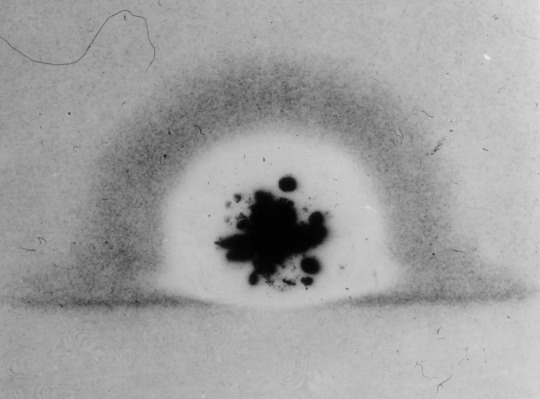
In its first milliseconds, the Trinity fireball burned through photographic film. Courtesy National Archives and Records Administration
Trinity was filmed exclusively in black and white and without audio. In the main footage of the explosion, the fireball rises out of the frame before the cameraman, dazed by the sight, pans upward to follow it. The written accounts of the test, of which there are many, grapple with how to describe an experience for which no terminology had yet been invented. Some eventually settle on what would become the standard lexicon. Luis Alvarez, a physicist and future participant in the Hiroshima bombing, viewed Trinity from the air. He likened the debris cloud, which rose to a height of some thirty thousand feet in ten minutes, to “a parachute which was being blown up by a large electric fan,” noting that it “had very much the appearance of a large mushroom.” Charles Thomas, the vice-president of Monsanto, a major Manhattan Project contractor, observed the same. “It looked like a giant mushroom; the stalk was the thousands of tons of sand being sucked up by the explosion; the top of the mushroom was a flowering ball of fire,” he wrote. “It resembled a giant brain the convolutions of which were constantly changing.”
In the months before the test, the Manhattan Project scientists had estimated that their bomb would yield the equivalent of between seven hundred and five thousand tons of TNT. As it turned out, the detonation force was equal to about twenty thousand tons of TNT—four times larger than the expected maximum. The light was visible as far away as Amarillo, Texas, more than two hundred and eighty miles to the east, on the other side of a mountain range. Windows were reported broken in Silver City, New Mexico, some hundred and eighty miles to the southwest. Here, again, the written accounts converge. Thomas: “It is safe to say that nothing as terrible has been made by man before.” Lawrence: “There was restrained applause, but more a hushed murmuring bordering on reverence.” Farrell: “The strong, sustained, awesome roar … warned of doomsday and made us feel that we puny things were blasphemous.” Nevertheless, the plainclothes military police who were stationed in nearby towns reported that those who saw the light seemed to accept the government’s explanation, which was that an ammunition dump had exploded.
Trinity was only the first nuclear detonation of the summer of 1945. Two more followed, in early August, over Hiroshima and Nagasaki, killing as many as a quarter of a million people. By October, Norris Bradbury, the new director of Los Alamos, had proposed that the United States conduct “subsequent Trinity’s.” There was more to learn about the bomb, he argued, in a memo to the new coördinating council for the lab, and without the immediate pressure of making a weapon for war, “another TR might even be FUN.” A year after the test at Alamogordo, new ones began, at Bikini Atoll, in the Marshall Islands. They were not given literary names. Able, Baker, and Charlie were slated for 1946; X-ray, Yoke, and Zebra were slated for 1948. These were letters in the military radio alphabet—a clarification of who was really the master of the bomb.

Irradiated Kodak X-ray film. Courtesy National Archives and Records Administration
By 1992, the U.S. government had conducted more than a thousand nuclear tests, and other nations—China, France, the United Kingdom, and the Soviet Union—had joined in the frenzy. The last aboveground detonation took place over Lop Nur, a dried-up salt lake in northwestern China, in 1980. We are some years away, in other words, from the day when no living person will have seen that unearthly light firsthand. But Trinity left secondhand signs behind. Because the gadget exploded so close to the ground, the fireball sucked up dirt and debris. Some of it melted and settled back down, cooling into a radioactive green glass that was dubbed Trinitite, and some of it floated away. A minute quantity of the dust ended up in a river about a thousand miles east of Alamogordo, where, in early August, 1945, it was taken up into a paper mill that manufactured strawboard for Eastman Kodak. The strawboard was used to pack some of the company’s industrial X-ray film, which, when it was developed, was mottled with dark blotches and pinpoint stars—the final exposure of the first light of the nuclear age.
#Hiroshima | Japan 🇯🇵 | John Donne | Manhattan Project | Monsanto#Nagasaki | Japan 🇯🇵 | Nuclear Weapons | Second World War | World War II#The New Yorker#Alex Wellerstein#Los Alamos National Laboratory#New Mexico#J. Robert Oppenheimer#John Donne#Jean Tatlock#University of California Berkeley#Jornada del Muerto | Journey of the Dead Man#General Thomas Farrell#Nobel Prize Winner Physicist Ernest O. Lawrence#Luis Alvarez#US 🇺🇸#China 🇨🇳#France 🇫🇷#Soviet Union (Now Russia 🇷🇺)#Alamogordo | New Mexico#Eastman Kodak#Nuclear Age
38 notes
·
View notes
Text
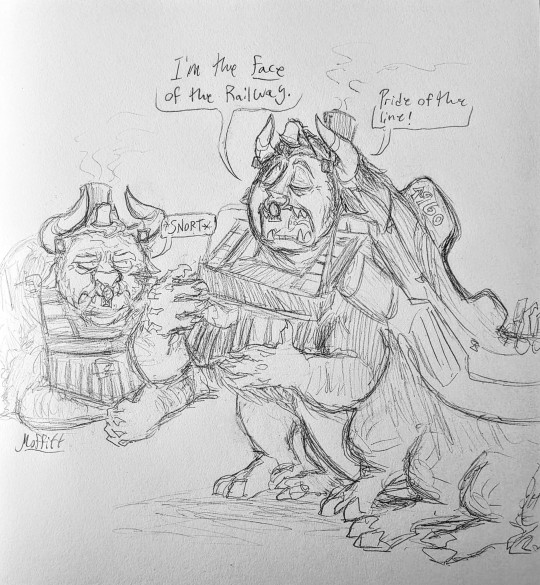
Ernest is an incredible engine, but he can be rather full of himself
#ttte#maximus 29#ernest 4960#monster engines#ttte oc#thomas the tank engine#maximus the iron ore hauling engine#ernest the pompous engine
74 notes
·
View notes
Text
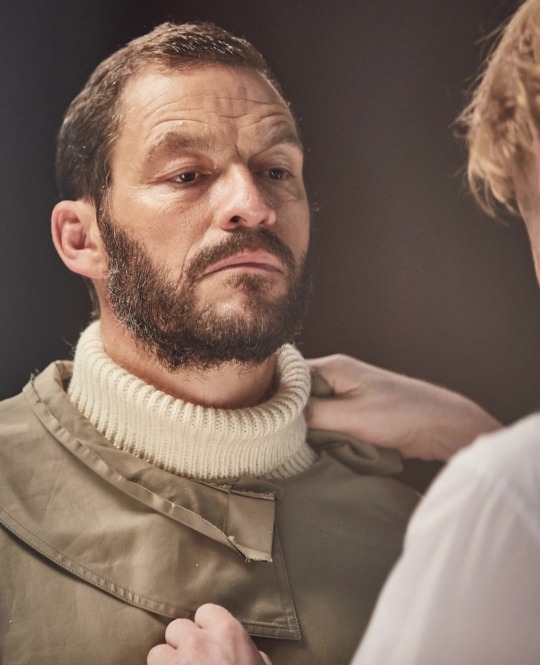
One more 🆕 image from The Tale of Thomas Burberry, I had left behind cause you can hardly see Domhnall 😅 But you can still catch a glimpse of his beautiful ginger hair and his equally beautiful hands 🥰
So here it is!
📸 Petr Krejci
#domhnall gleeson#the tale of thomas burberry#dominic west#thomas burberry#ernest shackleton#ad#burberry#burberry london#ginger men
3 notes
·
View notes
Text
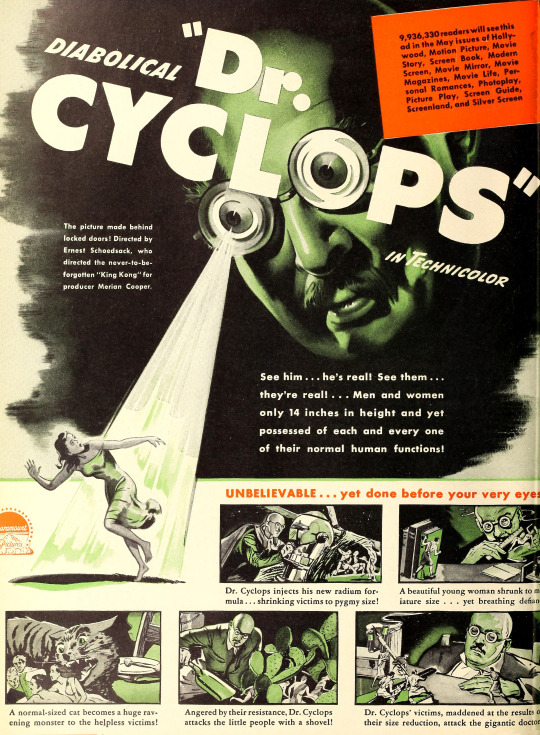
Dr. Cyclops (1940) - Trade ad
#dr. cyclops#albert dekker#janice logan#thomas coley#1940#1940s movies#ernest b. schoedsack#classic horror#adventure#trade ad
44 notes
·
View notes
Text

Adeus
"Era como dizer adeus a uma estátua. Passado um momento, saí, deixei o hospital e voltei ao hotel, debaixo de chuva."
Ernest Hemingway, "O Adeus às Armas"; pintura de Thomas Fransioli.
Um final chuvoso e ó tão triste, este de "O Adeus às Armas". Avancemos para novas leituras.
7 notes
·
View notes
Photo

All Hallows by the Tower
The church of All Hallows by the Tower was founded in Saxon times – 675 C.E. to be precise. In over 1300 years of history, it’s had associations with a fair few famous names as they passed through - dead or alive. Situated next to the Tower of London, the church became the temporary resting place for those executed by beheading, including Thomas More and Archbishop William Laud.

The church narrowly escape destruction in the Great Fire of 1666 when Admiral William Penn (father to founder of Pennsylvania William Penn) arranged for the use of the Navy’s gunpowder to demolish a row of nearby houses, creating a fire break. Diarist Samuel Pepys watch the flames consuming the rest of the City from the church’s tower.

It was the incendiary bombs of WWII that later dealt significant damage to All Hallows, melting the lead roof so it ran in great streams, leaving only the tower and outer walls. The Vicar at the time, Phillip “Tubby” Clayton (famous for founding Talbot House in WWI), vowed immediately to rebuild the church, with the rededication occurring in 1957.

Many parts of the church survived the bombing, including an arch from the 7th Century, and a number of wooden carvings. Yet more history can be seen in the crypt museum, where a roman pavement sits alongside Anglo-Saxon crosses, the church plate (silvery valuables), and the church’s registers, one of which notes the marriage of John Quincy Adams (later the 6th President of the USA). Perhaps the most intriguing artefact is the crow’s nest of the Quest, the ship used by Sir Ernest Shackleton in his last Antarctic expedition. It was apparently acquired by “Tubby” Clayton, who toured it around as an attraction to raise money for the Talbot House hospices.

#london#uk#england#church#tower of london#all hallows#saxon#roman#thomas more#great fire#great fire of london#samuel pepys#wwii#lead#molten#tubby clayton#talbot house#church plate#john quincy adams#ernest shackleton#museum#history#travel#tourism#lundene#londinium
58 notes
·
View notes
Text

[1963]
“Oh Godred, please not him!”
“Stupid things,” Lord Harry grumbled, bumping the coach. “They’re all scared of coming with me.”
“You’re too reckless,” said Wilfred. “That’s why.”
“Rubbish! I’m up-to-date, that’s all. I can go twice the speed of any of you old rustbuckets in perfect safety. They,” he continued, glaring back at the coach, “are just chicken shit. They need a bit of toughening up.”
“God, Harry, language!” Wilfred gaped.
Lord Harry only rolled his eyes.
“All the same,” Ernest cut in, with a hard look in her eyes, “we don’t take such risks on a mountain railway.”
“Peh, risk? What risk? Why, with my superheat-”
“Superheat? Is that what you kids call it?” Culdee interjected. “In my day, we called that conceit!”
Lord Harry went a deep red and fumed away, yanking the coach along. Culdee and Wilfred both laughed, while Ernest watched with trepidation as the number 6 made his way to the platform.
#ttte#thomas and friends#thomas the tank engine and friends#railway series#culdee fell#culdee the mountain engine#lord harry#ernest the mountain engine#wilfred the mountain engine#kinda wish we had more than just 'the mountain engine' for these#old harry the mountain sod#catherine the mountain coach
6 notes
·
View notes